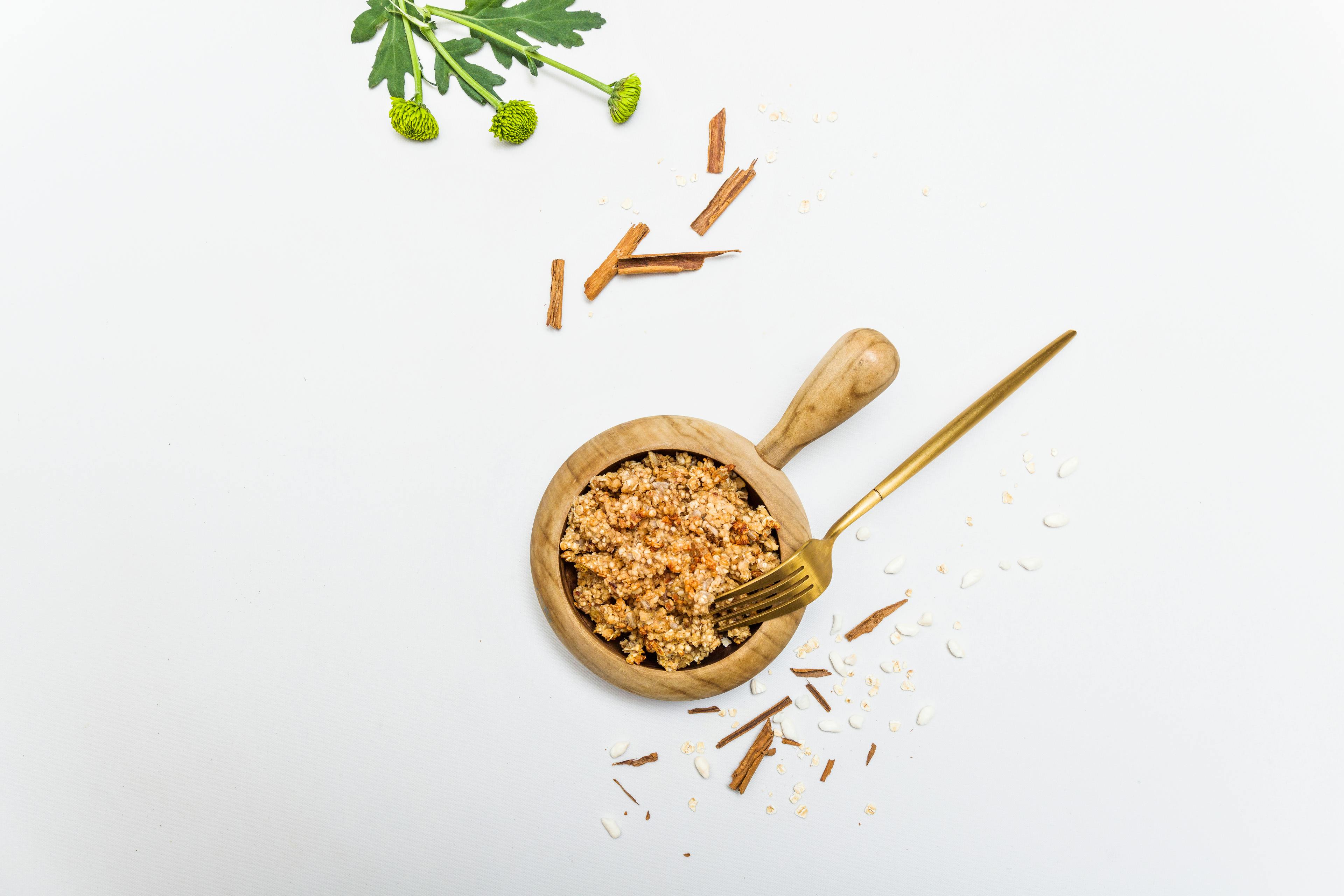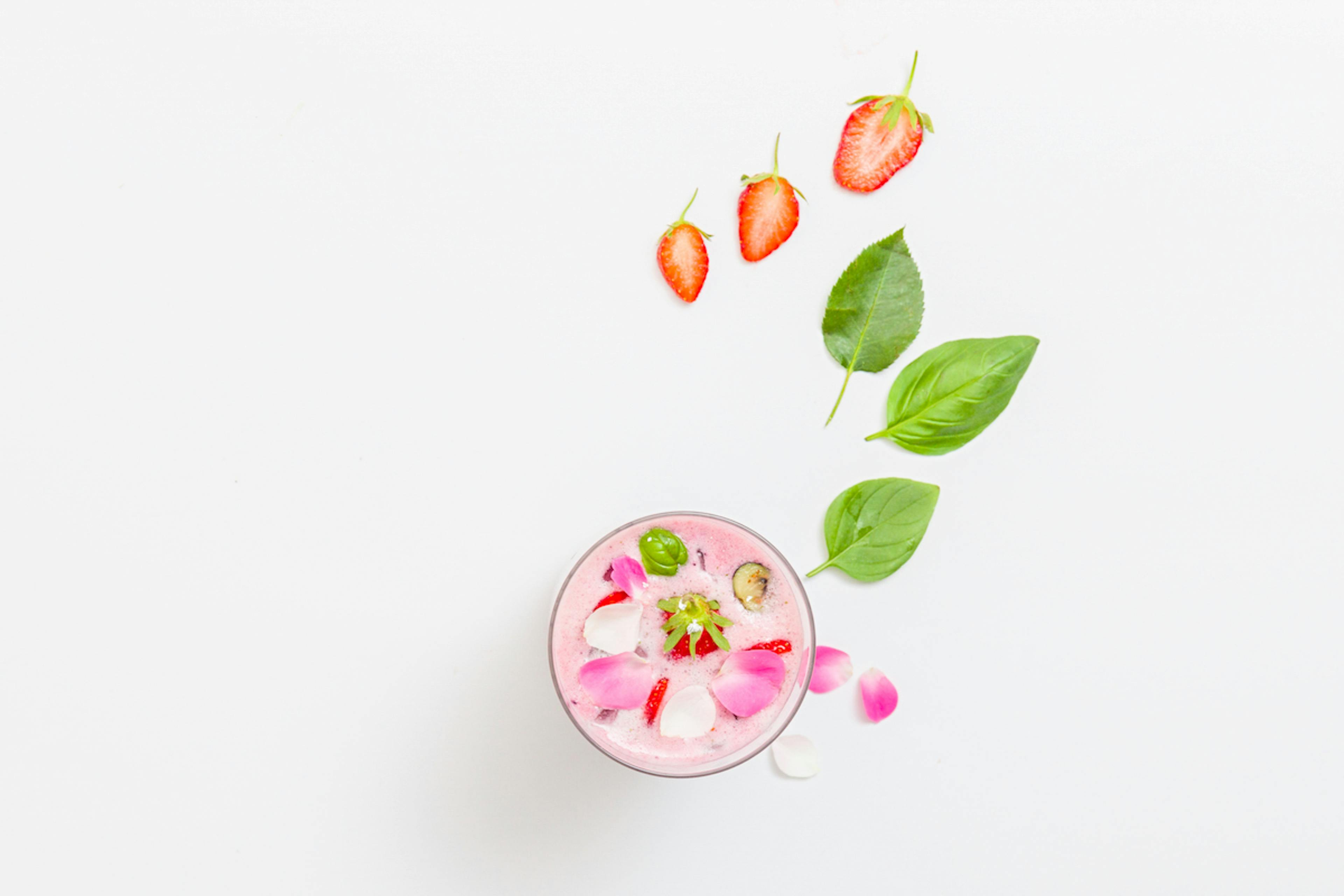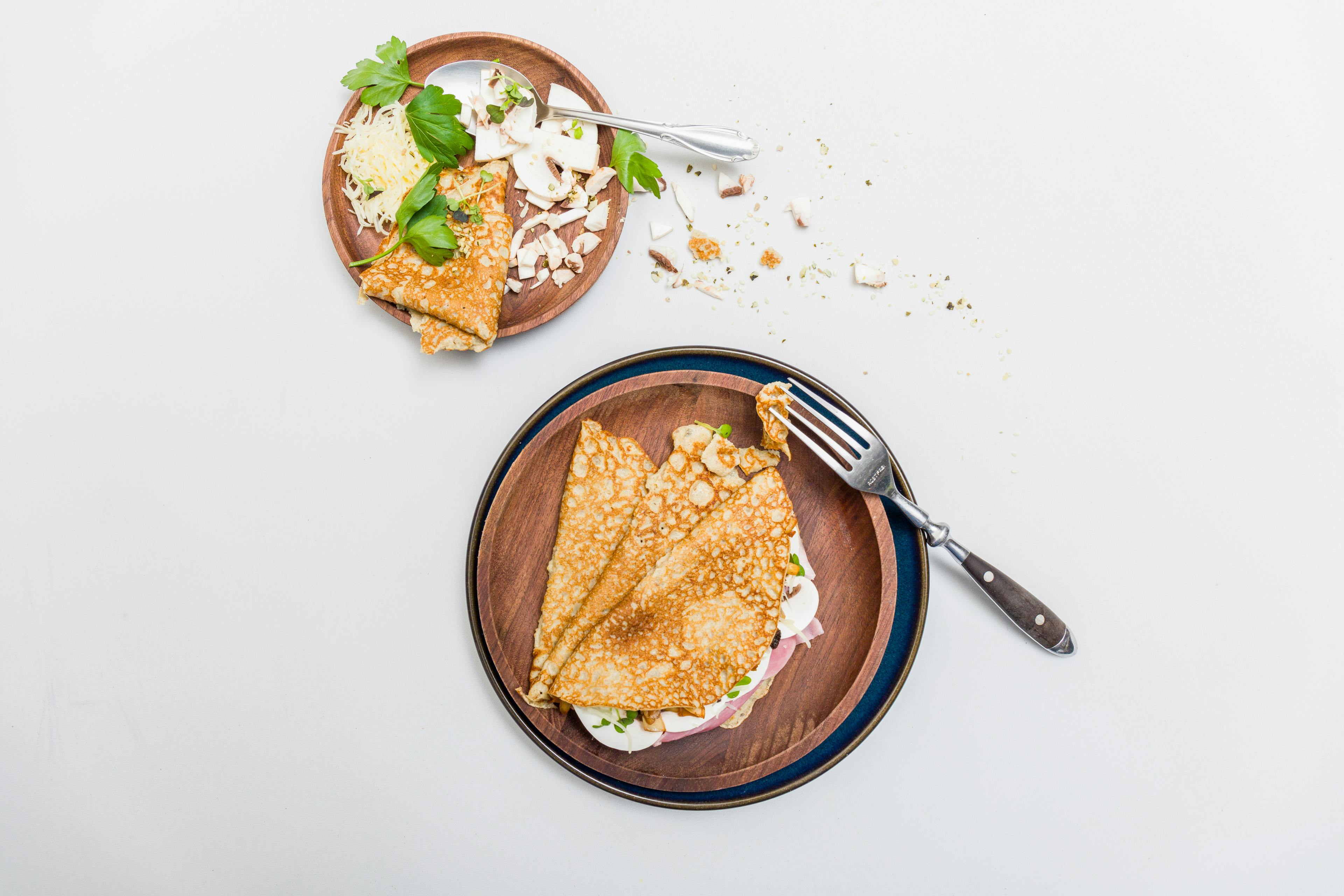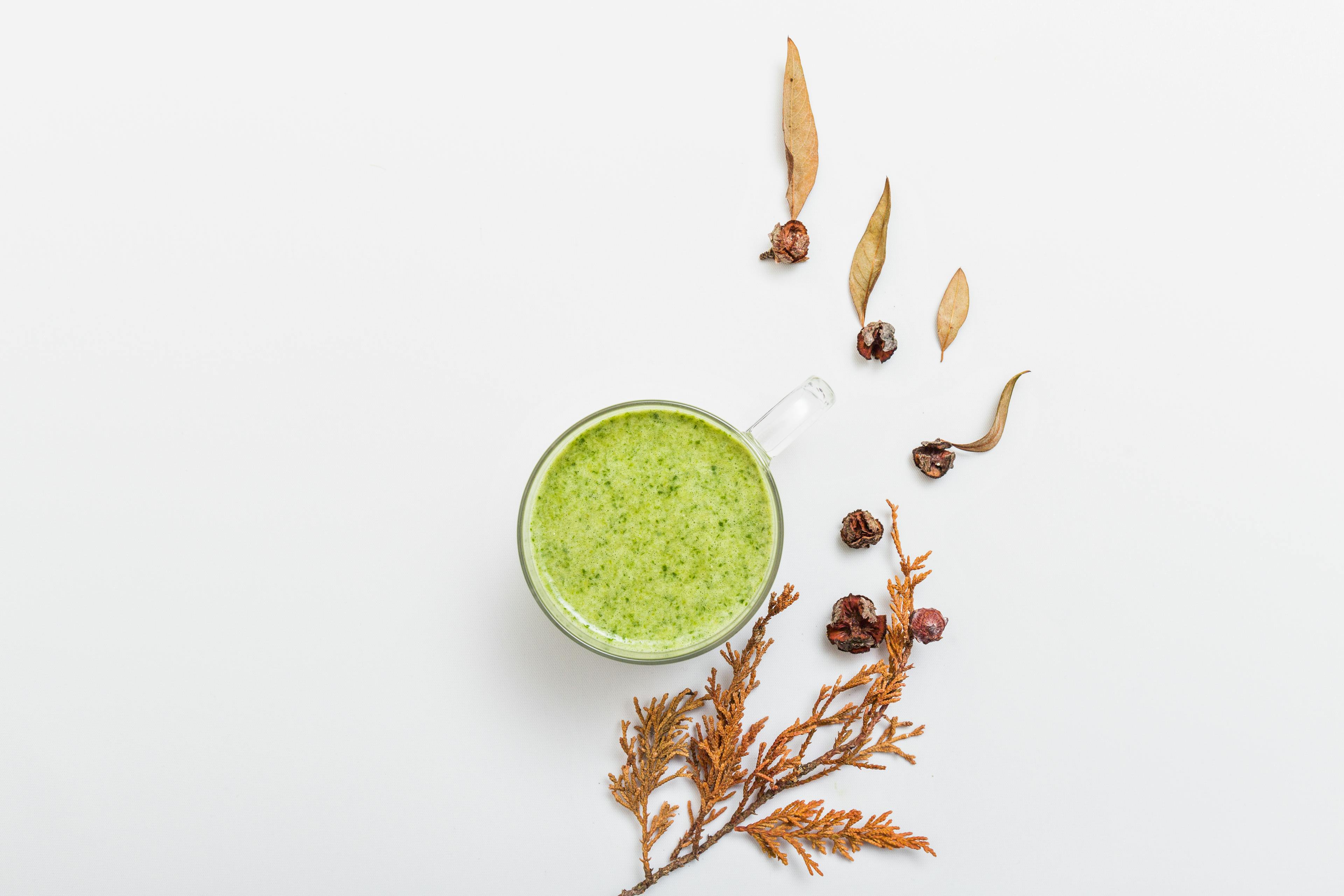
Food Photography 101: How to Take and Get Perfect Food Photos

Whether you're capturing a chef's masterpiece or enhancing your business's food visuals, the right food photos are essential. Let's get you there with our top tips for flawless food photography.
Food photography plays a significant role in advertising and online culture, particularly social media. How can we tell?
43% of Instagram users have stated that food and drink is their top interest. Now consider that there are currently over 2.35 billion monthly active Instagram users.
That’s just a snippet of the whole market, highlighting the importance of having high-quality food photos.
Whether you are a photographer showcasing the hard work of chefs or a business looking to improve your food images for better results, it is crucial to have the perfect food photos. We’re here to help you achieve your desired results with our eight perfect food photography tips.
Before diving into our tutorial, let's quickly clarify what food photography means.
We can see why image performance matters. The human brain only takes 13 milliseconds to process an image, so it better be on-brand, high-quality, and engaging.
Making image performance a priority can help improve user experience, decrease bounce rates, and increase conversions. To help you reach these business goals, we’ve curated a brief tutorial to help you drive your image performance.
First, let’s chat about image performance and why it’s important.

What is food photography?
Food photography is a style of still-life photography that aims to capture beautiful and visually pleasing images of food.
There is a significant difference between ‘pictures of food’ and ‘food photography.’ Food photography is sharp and well-composed, textured and colored, and warm-colored images of food.
With this definition in mind, the next time you scroll through social media or check on your favorite food blog, you’ll instantly notice the difference between pictures of food and real food photography.
And trust us, so do our clients.
Common food photography issues
As many photographers have realized, photographing food is more challenging than all those social media posts make it look. Well, maybe not all of them.
Here are some common food photography issues you're probably facing:
- Camera shake: You might notice that the close-ups you take of pasta dishes or cocktails always come out blurry.
- Unrealistic color: The colors of your food photos don’t have that true-to-life feel.
- Unprofessional look: You feel that there's something cluttered and overly busy about your food images.
Along with helping you with high-quality photography solutions to solve these common issues, we’ve also put together eight tips to help you capture perfect food photos.
8 tips for perfect food photography
With our perfect food photography tips, we can help you produce food images that generate better results for you, your clients, or your business.
First, let’s discuss strengthening your relationship with your camera.
1. Be one with your camera
To take stunning food photographs, it's crucial to fully understand and utilize your camera's capabilities.
Whether you’re using a Canon DSLR, an Olympus P&S, or your iPhone, make sure you're comfortable with operating your camera settings to achieve the best results. Get a feel for how shutter speed, ISO, or white balance work for you, grow your confidence and move away from relying on your camera’s auto settings.
Being one with your camera will mean that you can visualize what you’re aiming for during your photo shoot and get there instinctively. You’re also now more prepared for a professional photoshoot than before excellent!
2. Food styling
It's time to tap into your inner Gordan Ramsay and give some thought to the visual presentation of your food.
Food styling is arranging and showcasing food to evoke desired emotions and reactions from the audience. Tricks of the trade include using props like cutlery to make the scene more appealing or using garnishes to enhance the textures or colors of the dish.
Some food stylists even use steam to make the food appear hot and fresh. If the food looks great, you can capture its beauty and make it stunning on camera.

3. Choose the right background
Backgrounds can be a significant element of your food photograph, but each shoot will differ.
The narrative you wish to convey will influence how you choose a background for your composition. If your product or dish is monochromatic, a patterned background will match the food’s aesthetic. Consider a loaf of bread placed on a tablecloth, for instance.
However, if the plate is the main focus, a background that doesn’t distract from the food is the best option. Perhaps the timeless, rustic appeal of a cheeseburger on a wooden cutting board resonates with your narrative.
Backdrops can be a great addition, but it's important to remember that depending on the food and the story you're trying to convey, it may be best to stick with neutral colors and simple patterns that don’t distract from the main focus.
4. Put your main subject in the middle
Regardless of your background, ensure that your main subject remains the focal point of your composition.
When composing your shots, center the main dish or product. Using the rule of thirds is an excellent technique for ensuring your food image composition looks professional.
With your subject the center of attention, you can add your storytelling or scene-setting elements, such as cutlery or garnishes around the edges, focusing on symmetrical presentation. Again, the rule of thirds is your dependable assistant here.
To make your photo more enticing, include clean spaces, good lighting, and appealing colors. Aim for a visually pleasing display that will make your photo more appealing.

5. Lighting, lighting, lighting
Finding and using the best lighting is essential for capturing stunning photos of food.
Without proper photography lighting, your food images may not turn out as expected, and you won’t be able to emphasize the textures or colors that food photography relies so heavily on to make appealing images.
Here are some key recommendations to help you get your lighting just right:
- Avoid direct sunlight: Usually, it has a harsh effect that makes light colors appear too bright, causing them to lose their texture and seem bland.
- Avoid front lighting: When lighting your main subject from the front, harsh bright spots can be created, which may cause the dish's texture to be lost and make it appear tasteless.
- Light from the side: A great way to enhance the visual appeal of food such as bread or cheese is by lighting it from the side, highlighting the shadows and textures.
- Use natural light: For best results, use a natural and diffused light source, particularly on overcast days. Low light highlights the product's textures and eliminates any harsh shadows.
If your photo shoot is happening in-studio, control your studio lighting by ensuring you choose the correct type of artificial light, use reflectors or diffusers like softboxes and umbrellas to soften the light, and experiment with side lighting, backlighting, and overhead lighting to find what works best for you and your style.
6. Experiment with different camera angles
It's important to remember that there isn't a correct or incorrect way to present a dish or product, but certain foods may appear more visually appealing from different angles.
For example, pizza looks best when viewed from above, highlighting the symmetry of a circle cut into eight equilateral slices. However, capturing a food shot of a burger from above is not as impactful as from the side, which will highlight the textures of the cheese, beef, and bread.

7. Be color conscious
Consider how the colors in your photograph complement each other and enhance your aesthetic.
Make sure your colors are true to life and complement each other to enhance your dish. You can boost the appeal of your color composition through your food styling. However, maintain balance in your use of color and ensure the focus is on the main subject.
You can use color in your food photography in two significant ways:
- Complementing colors: By utilizing the color wheel, you can effectively highlight and contrast colors opposite each other. A typical example is red tomatoes, green basil, and white mozzarella in a Caprese salad.
- Analogous colors: Colors adjacent to each other on the color wheel are ideal for creating a peaceful ambiance. However, use these colors as a background or surface rather than the main subject of your food photo.
To achieve the most accurate representation of real life, strive to maintain a high level of color saturation in your photos while avoiding the excessive use of cooler colors.
8. Leverage depth of field
If you want to capture the best food photos that will produce better results, you can utilize depth of field to create a targeted focus.
Controlling the focus and sharpness of different elements in the frame with the help of depth of field can make images visually appealing.
You can draw focus and attention to specific elements of a dish or create dimension within your photographs by:
- Using a shallow depth of field: Focus on the main ingredient or a specific texture while allowing the background to fade into a blur. A shallow depth of field is great for shooting pasta dishes, cake toppings (think bride and groom), or burger fillings.
- Using a deep depth of field: When shooting pizza or charcuterie from a top-down angle, you want to keep everything in sharp focus.
Begin to experiment with depth of focus to understand how you can use it to achieve maximum impact in your photography, and observe how it interacts with various subjects.
How OCUS can help you with perfect food photos
Our food photography tips are the perfect guide for capturing stunning food images with OCUS and take your business to the next level.
At OCUS, we provide a complete photography solution that handles everything from linking photographers with customers to overseeing post-production.

As a business, we offer you access to a global network of over 35,000 photographers and videographers to help brands create visually appealing food photographs. We provide a quick turnaround, delivering professional food photos at scale in a matter of days by providing custom images at your fingertips.
Or, if you’re a photographer, you can concentrate on capturing captivating food photographs while we focus on the rest, such as connecting you to clients. You can also use our other resources and guidelines to help you upskill and deliver high-quality, consistent images. Pop over to join the OCUS community.